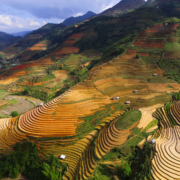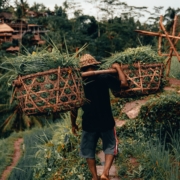Adaptive Capacity and Adaptation of Indigenous Peoples to Environmental Change
Adaptive capacity and adaptation are both crucial to addressing the impact of environmental change and degradation on the health and well-being of Indigenous and non-Indigenous peoples. After all, nurturing a connection with Mother Earth is fundamental to the well-being of humankind.
Indigenous peoples have tremendous adaptive capacity to health risks associated with climate and environmental changes. However, social and economic stressors such as “poverty, land dispossession and globalization” are proving to be major obstacles to the health and well-being of Indigenous peoples.
The Intergovernmental Panel on Climate Change (IPCC) defines adaptive capacity as “[t]he ability of a system to adjust to climate change (including climate variability and extremes) to moderate potential damages, to take advantage of opportunities, or to cope with consequences”. Adaptation involves an “adjustment in natural or human systems” as they respond to climate change, and then either manage the harm that is caused by the change, or exploit the benefits of the change.
Understanding how communities make decisions can enable more effective community responses to the health consequences of climate change, and potentially reduce risks for, as well as protect against, disease, injury, disability poor nutrition, and death, which are all possible health impacts of extreme weather events (e.g., floods, hurricanes, landslides, etc.). Therefore, to reduce health impacts and vulnerability of Indigenous communities to climate change, different strategies must consider socio-economic factors as well as environmental factors that ultimately influence a community’s ability and capacity to adapt.
By Leela Viswanathan
(Photo Credit: Zdenek Machacek, Unsplash)


 Envato Elements (licensed)
Envato Elements (licensed)



 Radoslav Bali, Unsplash
Radoslav Bali, Unsplash

